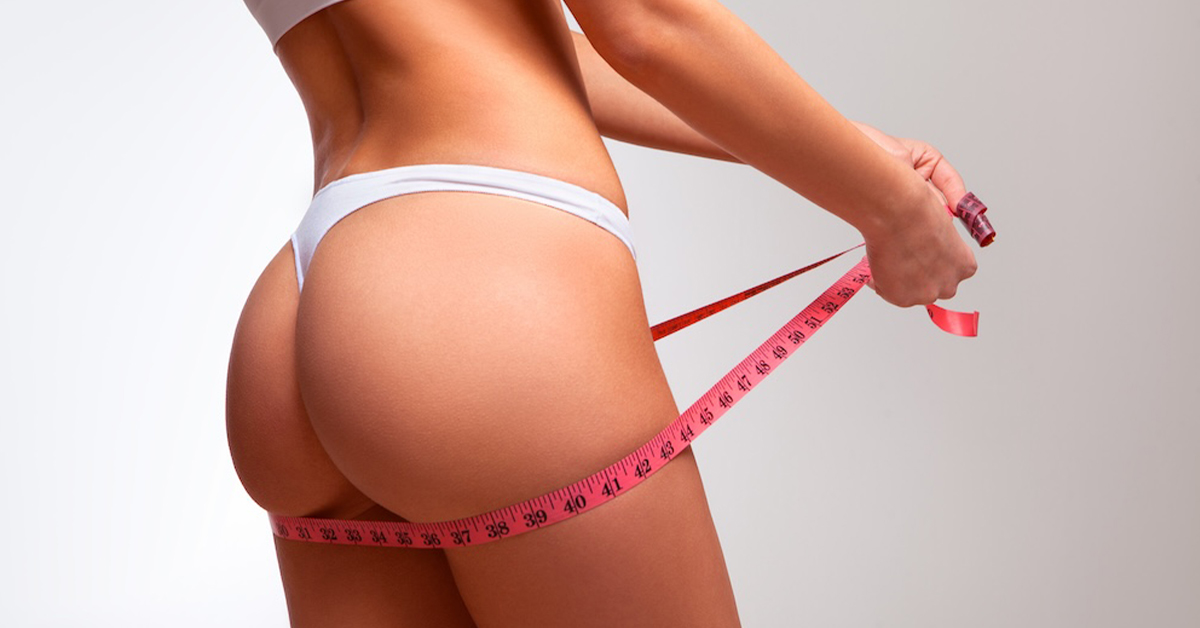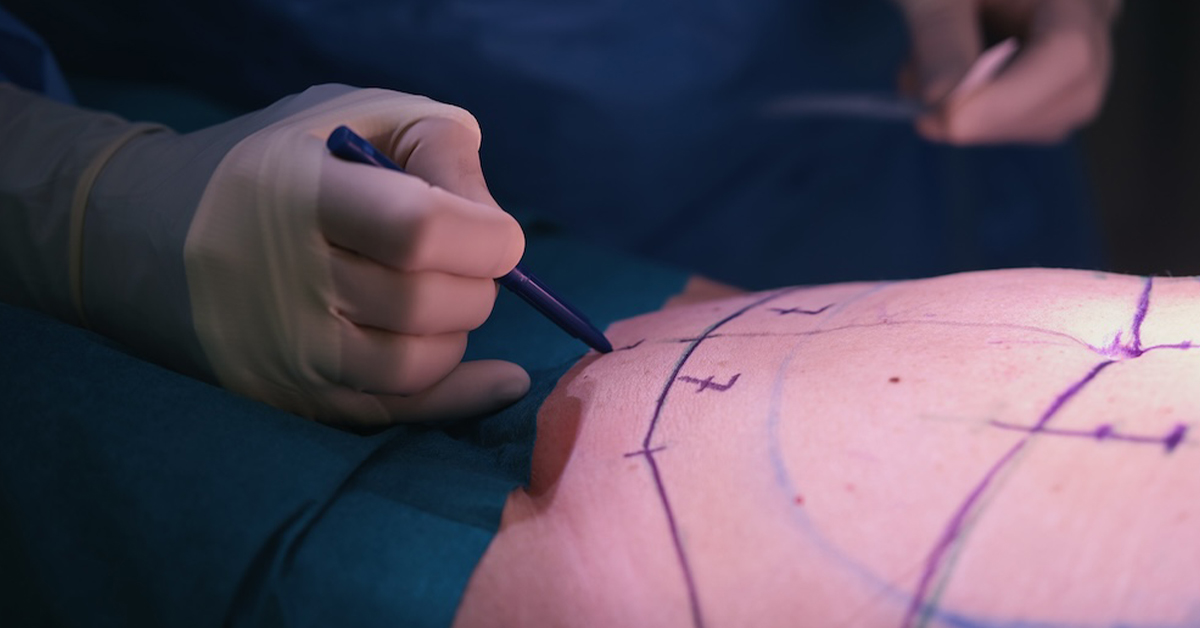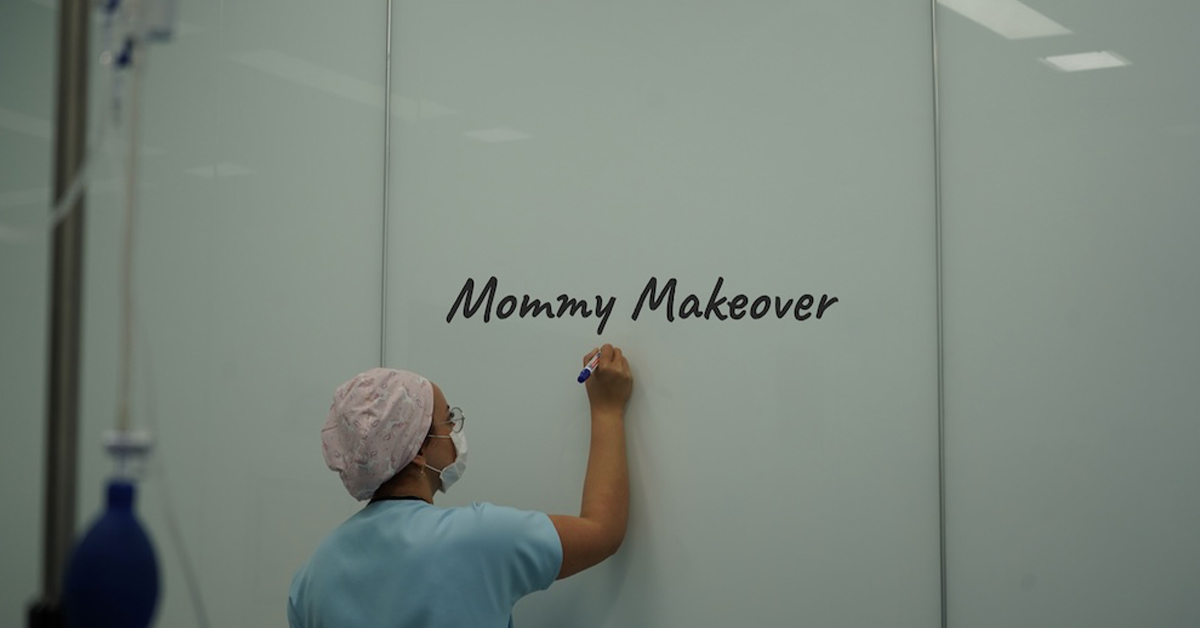Chipmunk Cheeks After Fat Transfer: Understanding and Management
Fat transfer procedures have gained significant traction for their ability to offer natural-looking enhancements and corrections. By transferring fat from one part of the body to another, patients can achieve desired contours and volumes, making this technique a popular choice for facial rejuvenation, among other applications.
However, a common post-operative condition known as “chipmunk cheeks” can occur, characterized by pronounced swelling in the facial area, resembling the cheeky appearance of a chipmunk.
This article aims to delve into chipmunk cheeks after fat transfer, providing insights into its causes, prevention, and management strategies to help patients navigate their recovery process effectively.
Understanding Fat Transfer: The Basics
What is Fat Transfer? Fat transfer, also known as fat grafting, involves the removal of fat from one part of the body through liposuction, which is then processed and reinjected into another area to enhance volume and shape.
This procedure is favored for its dual benefit of removing unwanted fat from areas like the abdomen or thighs and using it to augment other parts such as the face, breasts, or buttocks.
Common Areas for Fat Transfer:
-
Face (to fill in hollow cheeks or temples, for example)
-
Buttocks (Brazilian Butt Lift)
-
Breasts (for augmentation or reconstruction)
Benefits of Fat Transfer:
-
Uses the body’s own tissue, reducing the risk of allergic reactions.
-
Can provide more natural-looking results compared to synthetic fillers.
-
Long-lasting outcomes with proper care.
What Causes Chipmunk Cheeks After Fat Transfer?
The development of chipmunk cheeks post-procedure is primarily due to swelling, a natural response of the body to the trauma of surgery. Several factors can contribute to the severity of swelling experienced by patients:
-
Surgical Technique: The methods used by the surgeon, including the amount of fat injected and the precision of placement, can influence swelling.
-
Patient’s Response: Individual variations in healing and inflammatory responses can also affect the degree of swelling.
Understanding these factors is crucial in managing expectations and planning for recovery.
Managing Expectations: Swelling VS Normal Results
Distinguishing between normal post-operative swelling and excessive swelling is essential for patients. Typically, some degree of swelling is expected and normal, peaking within the first few days and gradually subsiding over weeks to months.
However, when swelling persists beyond the typical recovery timeline or is disproportionately large, it may be indicative of complications or the need for further intervention.
Timeline for Swelling Reduction:
-
First few days: Peak swelling
-
2-4 weeks: Significant reduction in swelling
-
Up to 3 months: Final contouring and results become apparent
Patients should consult their surgeon if swelling does not reduce according to this general timeline or if there are concerns about the appearance of their cheeks.
Prevention and Management of Chipmunk Cheeks
Preventing and managing excessive swelling, particularly the condition colloquially known as “chipmunk cheeks,” is a key concern for patients undergoing fat transfer to the face.
Understanding and employing effective strategies can significantly enhance comfort and outcomes during the recovery phase.
Tips for Minimizing Swelling Before and After Surgery:
-
Pre-Operative Measures: Ensuring optimal health through a balanced diet and adequate hydration can prepare the body for better healing. Avoiding substances like alcohol and tobacco, which can impair the body’s ability to heal, is also crucial.
-
Post-Operative Care: Following your surgeon’s care instructions meticulously, including the use of cold compresses and keeping the head elevated, can help reduce swelling.
-
Medication: Anti-inflammatory medications prescribed by your surgeon can also aid in controlling swelling.
Comparison of Different Management Strategies
| Strategy | Description | Benefits |
|---|---|---|
| Cold Compresses | Applying ice packs to the swollen area for the first few days post-surgery. | Reduces swelling and provides temporary relief from discomfort. |
| Head Elevation | Sleeping with the head elevated above the heart level. | Helps minimize swelling by reducing fluid accumulation in the facial area. |
| Dietary Adjustments | Consuming foods low in sodium and rich in vitamins and antioxidants. | Supports healing and reduces the risk of excessive swelling. |
| Medication | Taking prescribed anti-inflammatories and pain relief as directed. | Directly addresses swelling and discomfort. |
Implementing these strategies effectively requires careful planning and adherence to post-operative instructions provided by your surgeon.
Recovery and Care Post-Fat Transfer
The recovery process after a fat transfer procedure involves several stages, each crucial for achieving the best possible outcome. Here’s what patients can expect and how they can ensure a smooth recovery:
Essential Care Tips:
-
Follow All Surgical Instructions: Your surgeon will provide detailed guidelines on care after surgery, including how to manage dressings, when to resume normal activities, and medication protocols.
-
Stay Hydrated and Eat Healthily: A nutritious diet and plenty of water support the body’s healing process.
-
Avoid Strenuous Activities: Limiting physical exertion helps prevent unnecessary strain on the surgical sites and reduces swelling.
-
Attend Follow-Up Appointments: Regular check-ups allow your surgeon to monitor your healing and address any concerns promptly.
Conclusion
Understanding the phenomenon of chipmunk cheeks after fat transfer is crucial for patients considering or undergoing this cosmetic procedure. While swelling is a normal part of the recovery process, effective management strategies can mitigate discomfort and enhance the healing process.
By adhering to pre- and post-operative care instructions, patients can navigate their recovery with confidence, looking forward to the natural, enhanced results that fat transfer aims to achieve.
For personalized advice and care, consulting with a board-certified surgeon who specializes in fat transfer procedures is essential. Their expertise will guide you through the process, from preparation through to recovery, ensuring that your experience is as comfortable and successful as possible.
Frequently Asked Questions
While swelling, including the appearance of chipmunk cheeks, is typically a normal part of the healing process, excessive or prolonged swelling could signal complications such as infection or hematoma. It’s important to report any unusual symptoms to your surgeon promptly.
One of the primary benefits of fat transfer is the ability to achieve natural-looking enhancements. As the swelling subsides and the transferred fat integrates with the surrounding tissues, the results will start to look more natural. The skill of your surgeon plays a crucial role in achieving the desired outcome.
Not all transferred fat cells will survive the process. Typically, 50-70% of the fat injected will permanently integrate into the new area. Your surgeon might overfill the treatment area to account for this expected loss.
Yes, avoiding direct sun exposure, smoking, alcohol consumption, and any rigorous activity that could stress the treated areas is crucial. These can all impact the healing process and the longevity of the fat transfer results.
The timeline for returning to work depends on the extent of the procedure and the nature of your job. Many patients can return to non-strenuous work within a week, but those with physically demanding jobs may need more time. Your surgeon will provide personalized advice based on your situation.
Facial Fat Transfer in Miami, FL
To begin your Facial Fat Transfer journey in Miami, scheduling a consultation with our expert team is the first step. For those eager to discover more about this transformative procedure, please reach out to us at (305) 406-9055 or easily book your consultation online. Our seasoned specialists are ready to navigate you through every aspect of the process and answer any questions you might have.








